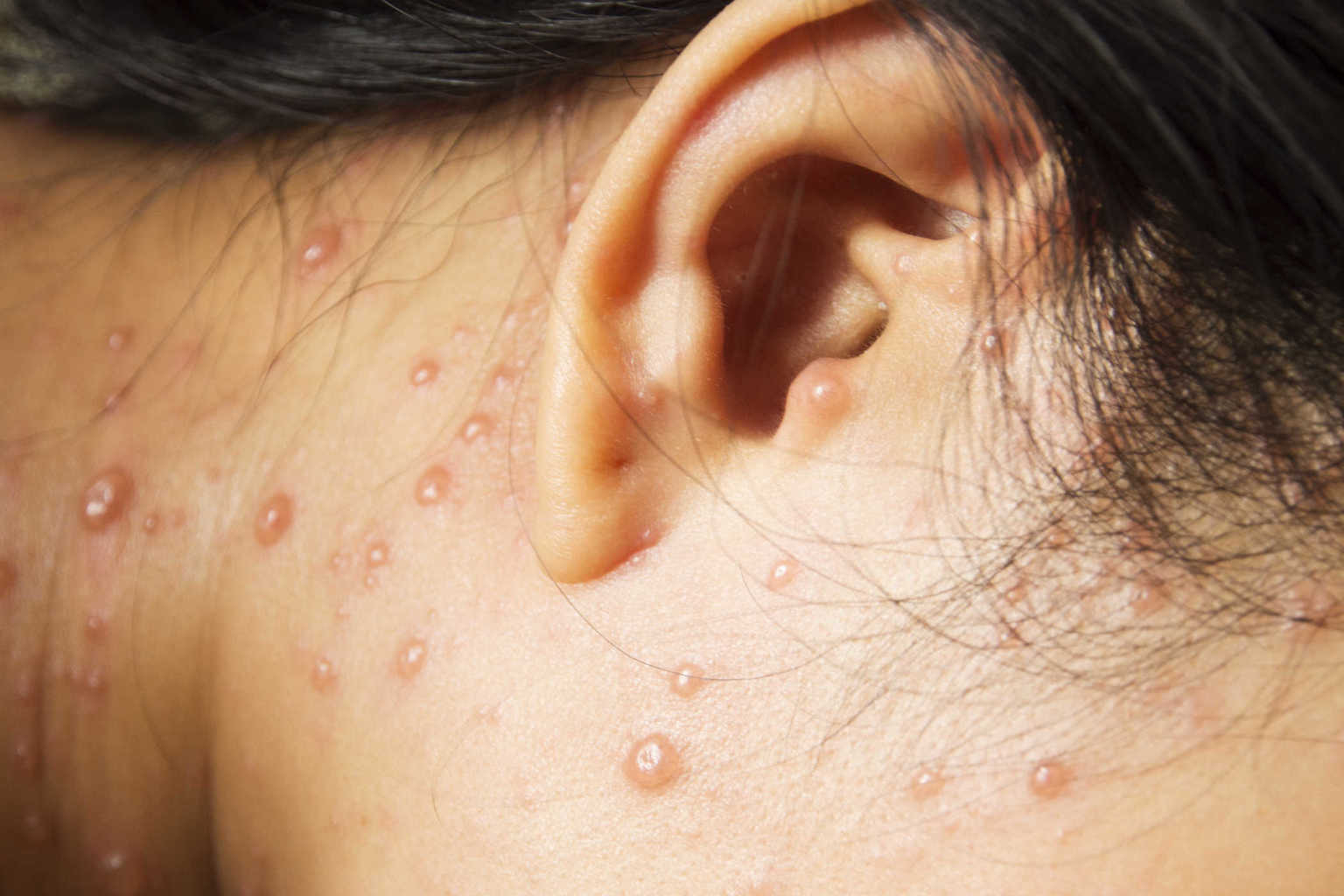Contents:
- Medical Video: Diabetes Skin Problems - Pictures of Diabetes Sores
- Who might experience this complication?
- What are the symptoms of eruption xanthomatosis?
- Why do I experience eruption xanthomatosis?
- How do doctors diagnose this condition?
- How to treat eruption xanthomatosis?
- How can you prevent erect xanthomatosis?
Medical Video: Diabetes Skin Problems - Pictures of Diabetes Sores
Eruption Xanthomatosis is another condition caused by diabetes that is out of control. This condition includes enlargement of pea-sized, solid, and yellowish skin. Each lump has a red circle and may feel itchy. This condition most often occurs on the back of the hands, feet, arms, legs and buttocks.
Erective Xanthomatosis can indicate that you have high cholesterol. You have to treat high cholesterol, because it makes you at risk for atherosclerosis.
Who might experience this complication?
This disorder usually occurs in young men with type 1 diabetes. People often have high cholesterol and blood fat. Like diabetic blisters, this lump will disappear when the blood sugar level is controlled.
What are the symptoms of eruption xanthomatosis?
Symptoms that you might experience are:
- Lesions usually appear as small red-yellow papules.
- Lesions occur most often on the buttocks, shoulders, arms and legs, but can also occur throughout the body.
- Although rare, the face and the inside of the mouth may be affected.
- Lesions can be soft and usually itchy.
- The lesion can heal spontaneously for several weeks.
Why do I experience eruption xanthomatosis?
Eruption Xanthomatosis is caused by uncontrolled blood sugar levels. This can also occur when the level of triglycerides (a form of fat) increases. Triglycerides are usually found in your body, but also come from foods with high sugar content, such as sweets, honey and alcohol. Often, people with high triglycerides have high LDL or "bad" cholesterol.
If your body rejects insulin, your body struggles to clear fat from your bloodstream, and this can increase your triglycerides.
How do doctors diagnose this condition?
Your doctor may ask you to do an appropriate blood and urine test, and do an X-ray test to determine the cause of the disturbed lipoprotein level, if there is one. The risk of cardiovascular disease, including heart attack, peripheral vascular disease and stroke, will increase with an increase in certain lipoprotein levels. It is important to identify the contributing factors so that they can determine the right therapy.
How to treat eruption xanthomatosis?
Eruption Xanthomatosis often disappears on its own in a few weeks. However, you still need to seek treatment because of the strong relationship between these conditions and high triglyceride levels.
Treatment involves trying to get your triglyceride, cholesterol and blood sugar levels under control. Doing so may require the use of lipid-lowering drugs (such as statins Lipitor® or Zocor®) or fibrates (such as TriCor® or Lopid®).
How can you prevent erect xanthomatosis?
You can take care of yourself from eruptive xanthomatosis conditions by:
- Keep your blood sugar levels within the range recommended by your doctor.
- Limit sugar and alcohol intake - where both can increase your triglyceride levels.












